Exploring the Untapped Potential of Bitcoin's Network
We examine innovations like the Bitfinity EVM, the surge in ordinal inscriptions, enterprise adoption, and the promise of DeFi on Bitcoin. Ultimately, Bitcoin's unparalleled security and massive untapped liquidity could pave the way for efficient yet tamper-proof decentralized apps.

With things shifting more and more to the oldest blockchain we know, that of Bitcoin, we must reconsider the flexibility and interoperability we only knew from Ethereum. The space is moving fast and in order to truly grasp the nuances of this digital revolution, we need to learn more why it is not a bad idea to start doing what we are doing on Bitcoin. In this piece, we'll delve into the depths of Bitcoin applications, transaction fees, the mining revenue model, and the overarching security that these mechanisms provide. A new way for decentralized finance.
Bitcoin Applications
Bitcoin applications refer to the various ways in which Bitcoin (the network) can be utilized beyond its basic function as a digital currency. These applications range from facilitating simple transactions to complex contractual agreements executed on the blockchain.
Yes, there is. The "something bigger" that encompasses second-order effects and knock-on impacts that are not immediately obvious but could be in the future. It includes the Bitcoin network's underlying security, and its capacity to facilitate quick and reliable settlements. Smart contract applications that only were exclusively to other blockchains, virtual machines if you may.
Bitcoin vs Ethereum Maximalism
The core of the debate between Bitcoin and Ethereum supporters is always centered around the consensus mechanisms: Proof of Work (PoW) for Bitcoin and Proof of Stake (PoS) for Ethereum. With each camp that argues, backs and even is committed to fight the merits of their preferred consensus model in terms of security, efficiency, and sustainability.
What Ethereum had for a long time, Proof of Work, is a mechanism that requires miners to solve complex mathematical problems to validate transactions and secure the network, consuming a significant amount of energy but fundamentally decentralized and immutable or tamper-proof.
Proof of Stake, what Etereum switched to, conversely, allows validators to secure the network by staking their cryptocurrency as a collateral, and is typically seen as more energy-efficient, but less secure and decentralized.
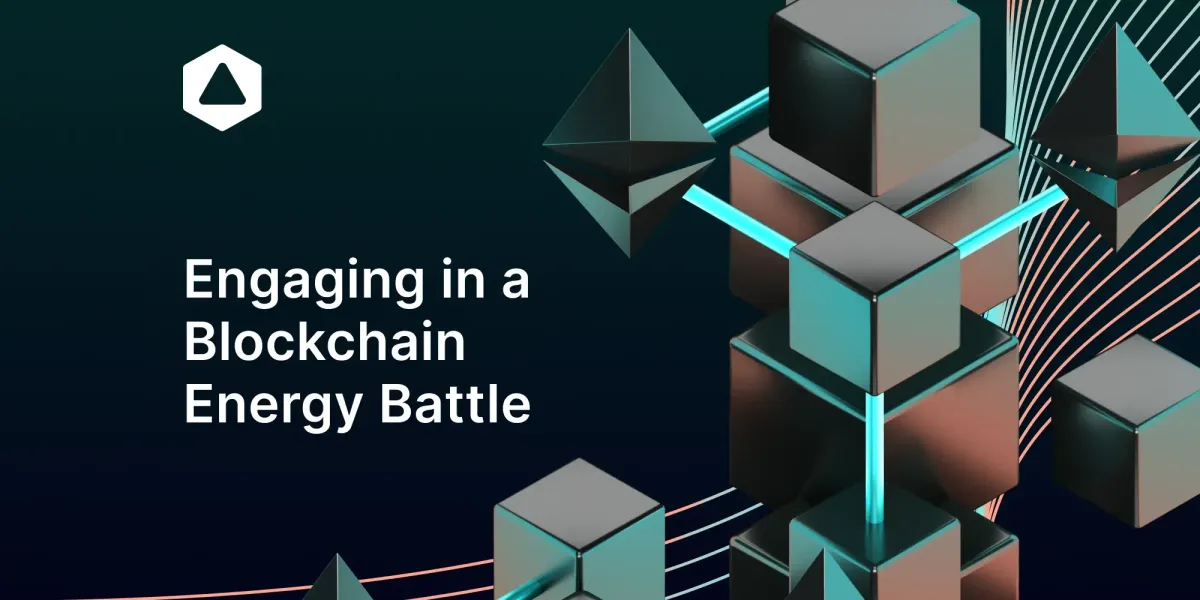
Bitcoin Security Benefits
If we take a closer look at the security features offered by Bitcoin, by their proof of work mechanism, we see that transaction fees are essential for the operation of the Bitcoin network. They serve as an incentive for miners to process transactions and secure the network. Mining revenues, on the other hand, are the rewards that miners receive for successfully adding a new block to the blockchain. These incentives ensure that the network remains robust and secure.
Now looking at the hash rate, which is a measure of the computational power used to mine and process Bitcoin transactions, and which is directly correlated to the security of the network means the higher the hash rate, the greater difficulty in executing a 51% attack, thereby bolstering the security and trustworthiness of the Bitcoin blockchain.
These two important features of the biggest blockchain (transaction fees and the hash rate) are key indicators of the health and activity of the Bitcoin network.
High transaction fees, which are happening right this very moment, with everyone inscribing, imply a congested network with high demand, while a rising hash rate indicates increased mining activity and higher levels of security.

Bitcoin L2s Using the Network's Security
The security, which could be indicated via the hash rate, measures the computational power of the Bitcoin network are interesting because L2 solutions can create an additional layer where the hash rate's security is leveraged for their own networks. Allowing their own applications to enjoy the same level of security as L1 Bitcoin, all without burdening the main chain with additional transactions.
Recap Bitcoin Layer 2 Solutions
Layer 2 solutions are protocols built on top of a blockchain to enhance scalability and efficiency. L2s aim to tap into the network's inherent security while providing functionalities like smart contracts and faster transactions.
Normally, the L2 action is found on Ethereum, but this year on Bitcoin. With some already known examples such as our very own Bitfitnity EVM and others such as Rootstock, Stacks, and Liquid, each with their offerings, but ultimately sharing the common goal of utilizing Bitcoin's hash rate for added security.
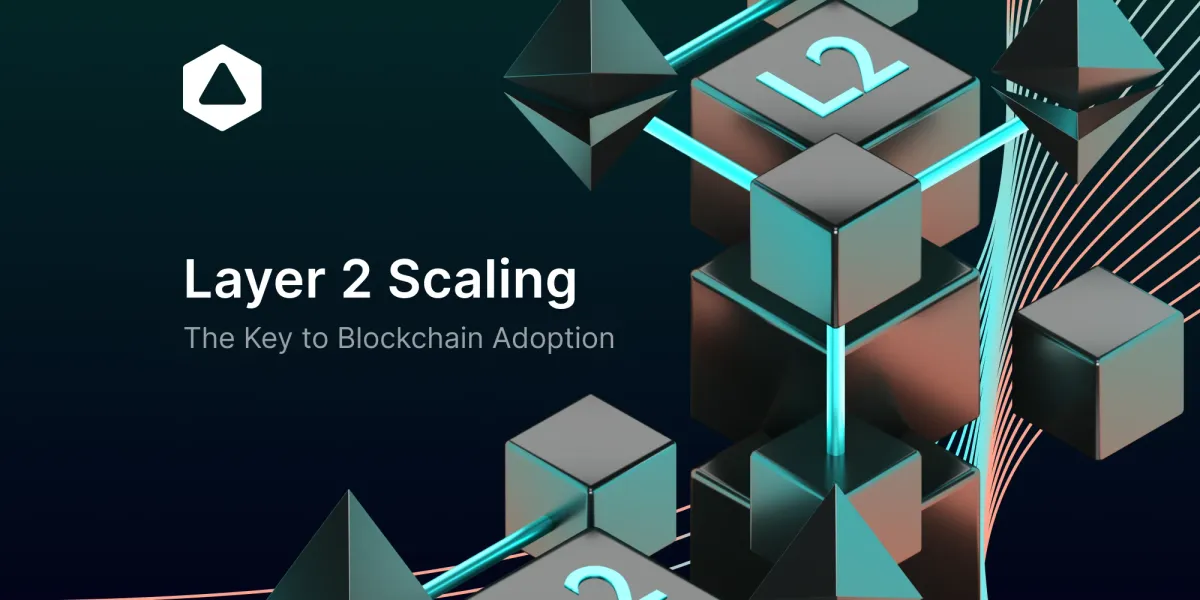
Bitfinity EVM
The Bitfinity EVM is fully EMV compatible. This compatibility means that any application that runs on Ethereum can be deployed on Bitfinity, thereby benefiting from the Bitcoin network's security. It allows for the deployment of Ethereum applications secured by Bitcoin's hash rate, while enabling smart contracts and decentralized applications on Bitcoin. A gamechanger!
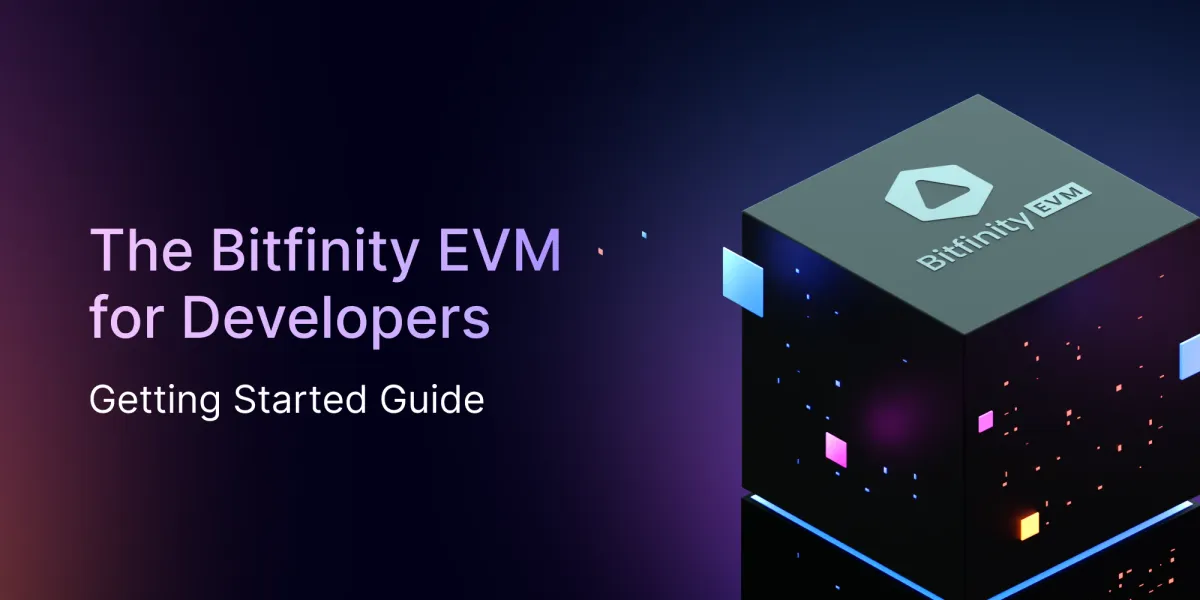
Bitfinity could present the opportunity to deploy popular Ethereum applications, such as DeFi protocols, on networks secured by Bitcoin's PoW. This integration combines all that is built on Ethereum, its advanced smart contract capabilities with Bitcoin's superior security and censorship resistance. A match made in heaven.
The future of Bitcoin L2s is promising, as it can offer the chance to harness the security of the Bitcoin network for a range of applications. As the technology matures and liquidity bridges become more established, we can expect it to play a significant role in the broader blockchain ecosystem.
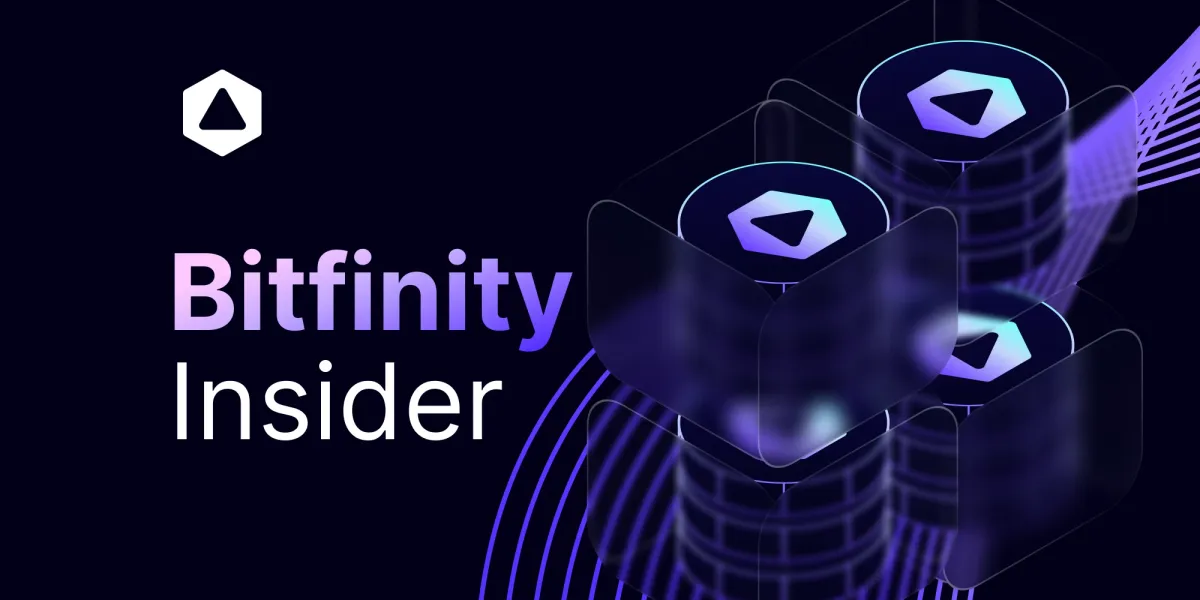
Bitcoin's Dormant Equity
But Bitcoin's security is not the only thing that is interesting, its market cap of almost a trillion US dollars, represents a vast pool of untapped equity. All this dormant equity signifies the potential for substantial financial activities that are yet to be capitalized on.
The recent surge in interest around ordinals is a testament to the market's recognition of this untapped equity, where individuals are willing to pay significant amounts for non-fungible tokens (NFTs), even overshadowing previous Ethereum NFT trends.
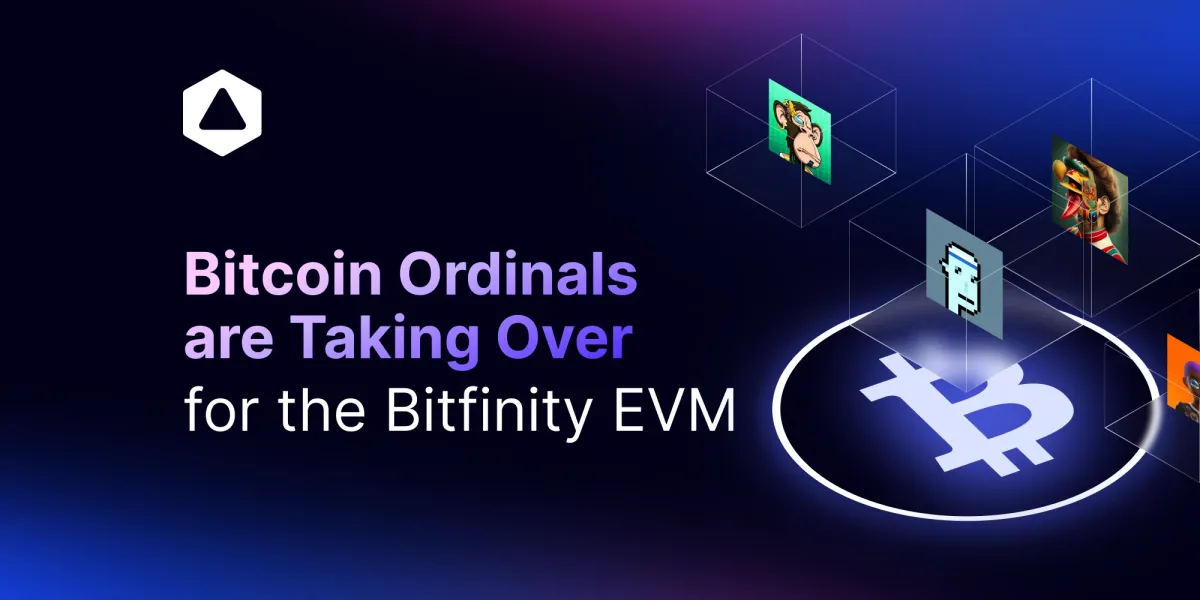
Imagine if Ethereum applications are coming over via the Bitfinity EVM. A giant Bitcoin-based credit market is ready. Imagine a scenario where this happens and these platforms offer high annual percentage rates (APR) for Bitcoin-secured positions. Similar to what happened in the summer of 2020, when Ethereum saw this cycle.
This thesis could trigger a flood of capital inflows, starting modestly but potentially escalating into a significant trend. A position where Bitcoin Layer 2 solutions (L2s) are strong contenders in the global crypto DeFi space, and drawing attention or even dwarfing all that happens on Ethereum Virtual Machine (EVM) chains or Solana for that matter.

Liquidity is a Crucial Aspect in the Adoption
Liquidity is essential for the smooth operation of any financial system. Without adequate liquidity bridges, assets cannot move freely between different networks, which can hinder the adoption of Bitcoin secured EVM chains. Improvements in liquidity connections, especially between the Ethereum mainnet and EVM compatible chains, are fundamental for these chains to flourish.
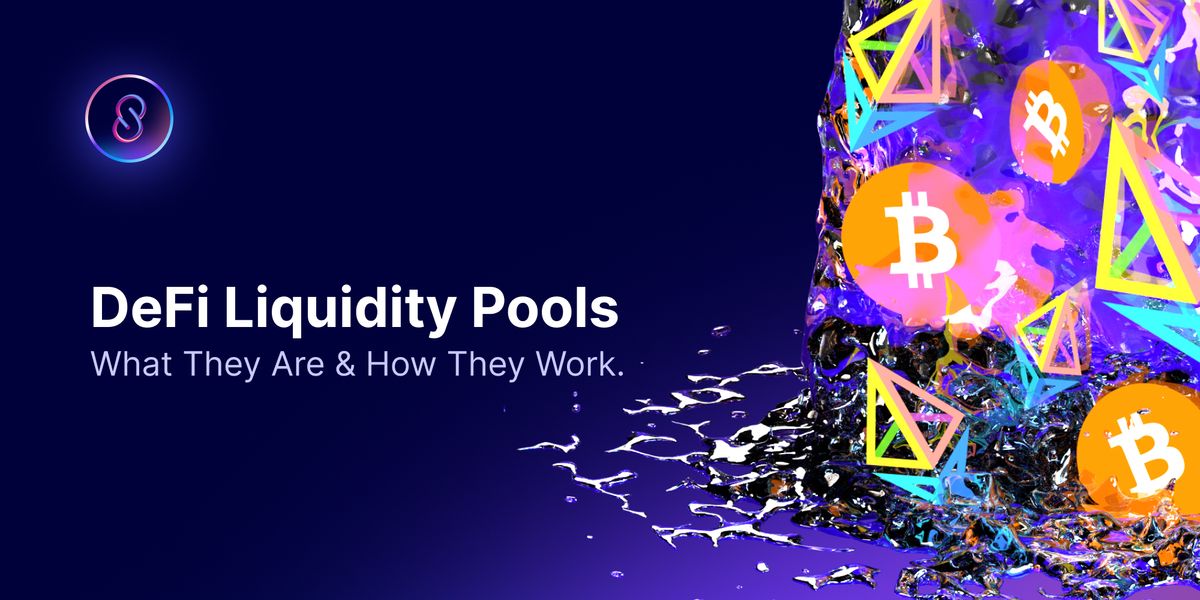
Deploying Credit and FX Businesses
Deploying credit and FX businesses on Bitcoin secured EVM chains could significantly disrupt the current financial ecosystem. These chains offer the same functionality as Ethereum but add a layer of security that only the Bitcoin network can provide. This could lead to a shift in how financial businesses approach blockchain technology, prioritizing security without compromising on the capabilities offered by smart contracts.
Suitable for Enterprises
Enterprises are particularly interested in credit and foreign exchange (FX) systems, which are foundational to global business operations. Bitcoin secured EVM chains offer a reliable platform for these applications, ensuring that they can operate with integrity and resistance to censorship or manipulation, which is critical for these enterprise-level transactions. If they are going to use a safe network, this will be the safest and tamper proof, because it is the most decentralized.
Are Bitcoin Secured L2s the Future?
The promise of enhanced security is a strong motivator for capital to migrate from traditional EVM chains to Bitcoin secured versions. As Ethereum and other EVM chains become saturated and potentially more costly due to high usage, the appeal of a more secure and potentially more cost-effective platform for smart contracts and DeFi becomes increasingly attractive.
A significant trend, that of ordinal inscriptions, indicates that financial activity will progressively migrate to Bitcoin secured L2s, if solutions are built correctly and operational.
However, a significant barrier to wider adoption of Bitcoin L2 solutions is the lack of industry-accepted and robust liquidity bridges.
These narratives remain a small niche within the crypto niche. We see that bridges or correct technologies such as the ckBTC technology of Internet Computer, are crucial for transferring assets between different networks, as this will serve as a gatekeeper and a way to tap into the biggest crypto liquidity ever recorded.
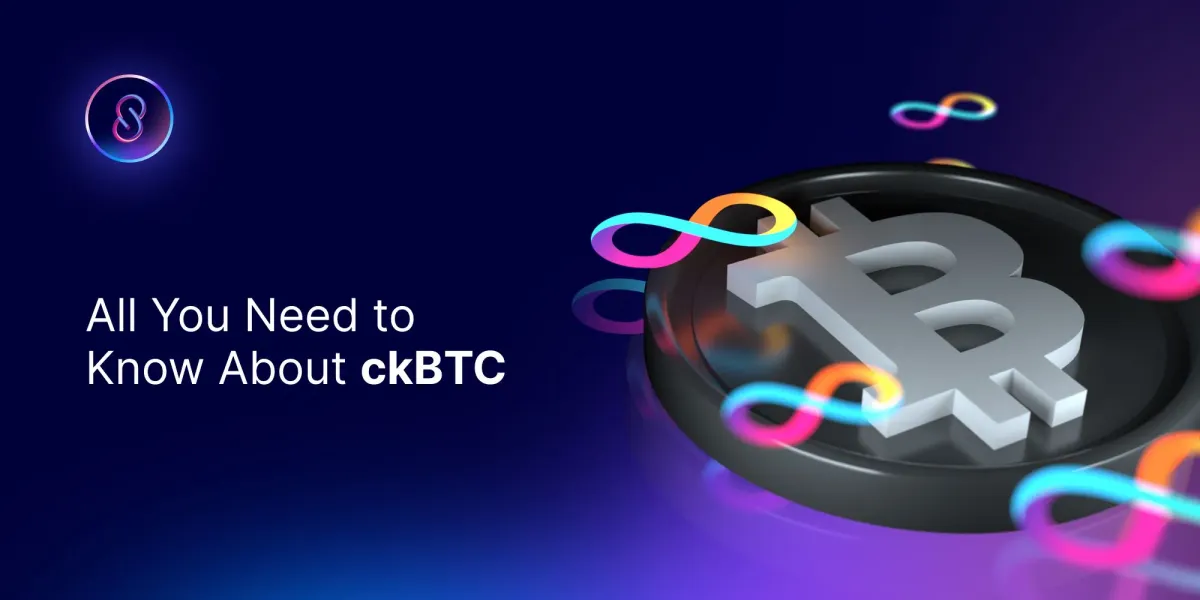
Conclusion
As long as crypto exists, the blockchain community will continue to innovate and prioritize cost-effective, secure solutions. This is where Bitcoin secured EVM chains are poised to play a pivotal role in shaping the future of digital finance. With the right incentive structures and liquidity bridges in place and the role of Bitfinity EVM, we can anticipate a surge in adoption.
Not only will Bitcoin's Layer 2 solutions pave the way for more secure and versatile blockchain applications, they will tap into the biggest and largest liquidity known in crypto - the biggest market cap that can and will be utilized to make decentralized applications that are both efficient and secure.

Connect with Bitfinity Network
Bitfinity Wallet | Bitfinity Network | Twitter | Telegram | Discord | Github

*Important Disclaimer: While every effort is made on this website to provide accurate information, any opinions expressed or information disseminated do not necessarily reflect the views of Bitfinity itself. The information provided here is for general informational purposes only and should not be considered as financial advice.



Comments ()